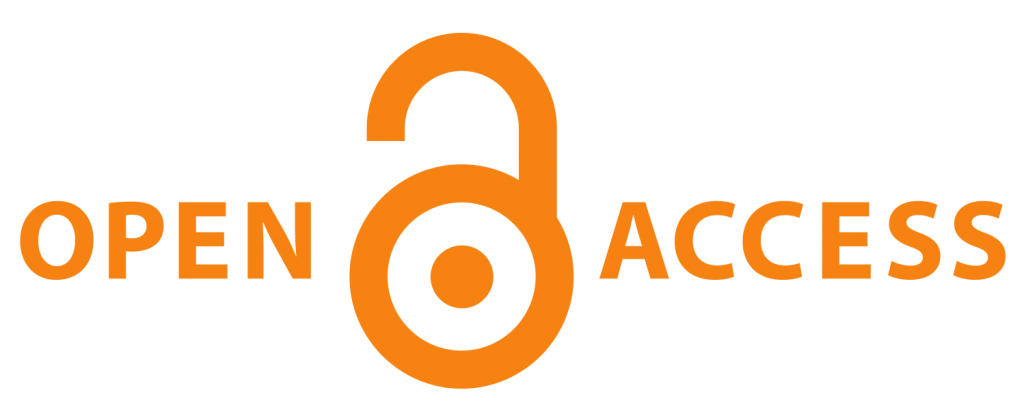The Shifting Preferences of Private Outdoor Spaces for Future Healthy Housing
DOI:
https://doi.org/10.32734/ijau.v9i2.18699Keywords:
Private outdoor spaces, health and wellbeing, healthy housing, housing preferences, sustainableAbstract
Private outdoor spaces were found to have contributed to residents' health and well-being and become an important aspect of achieving a healthy house. The aftermath of the lockdown period changed the behavior of residents and therefore shifted their preferences toward the living environment. This paper examines Indonesian residents' shifting housing preferences on private outdoor spaces post the Covid-19 pandemic, by examining respondents' activities in outdoor spaces during lockdown, and comparing their existing and preferred types and access to the outdoor spaces. This mix of qualitative and quantitative research used online questionnaires to collect data. The analysis was conducted qualitatively by distribution analysis, and quantitatively by comparing mean and standard deviation values. The results of the study show that in general Indonesian residents were dissatisfied with the existing quality of private outdoor space. Modern society in post-pandemic prefers to have more private outdoor spaces (indoor terrace, garden, and front terrace) which can be accessed privately through the inside of the house and linked to common areas like the living room and dining room. The results emphasized the need to improve the quality of residential outdoor space to support a healthy, sustainable, and resilient living environment. This research focuses on the point of view of residents as the end users which will be useful information for stakeholders for residential buildings.
Downloads
Downloads
Published
How to Cite
Issue
Section
License
Copyright (c) 2025 International Journal of Architecture and Urbanism

This work is licensed under a Creative Commons Attribution-ShareAlike 4.0 International License.

.png)










